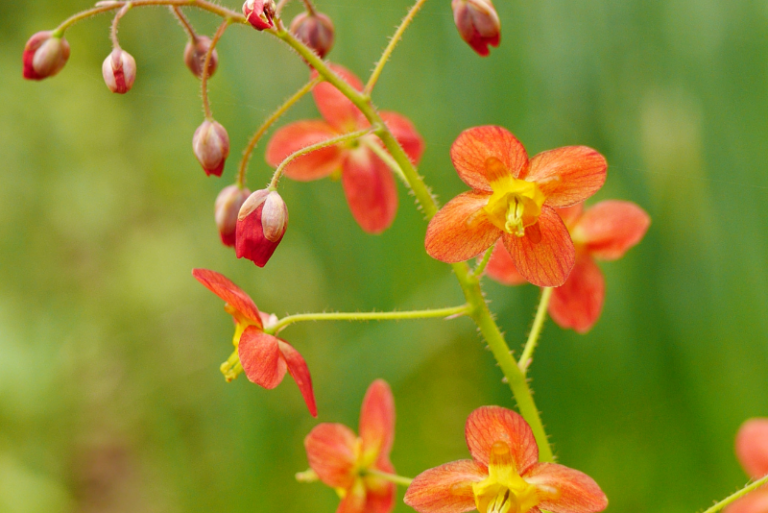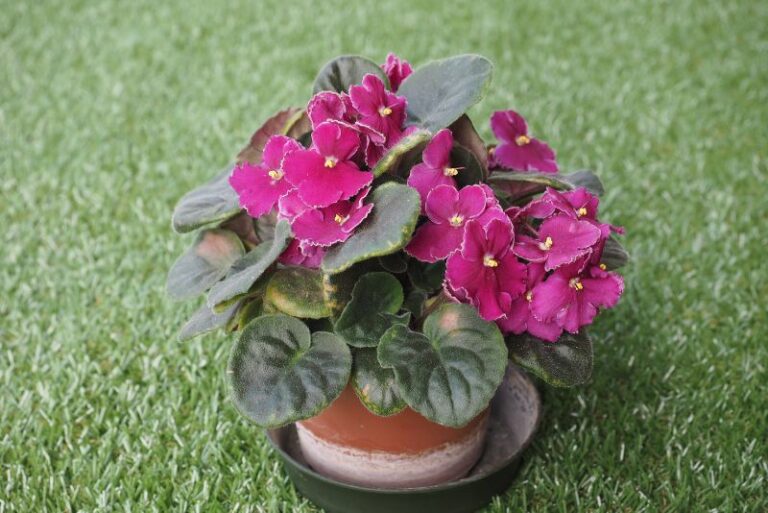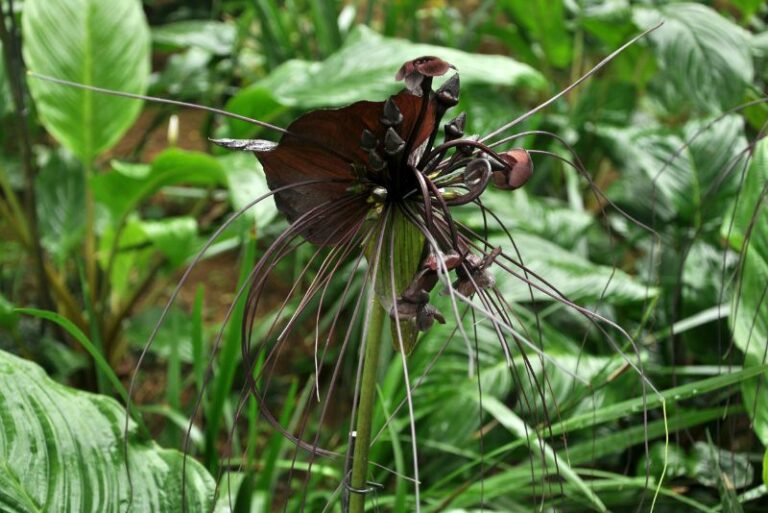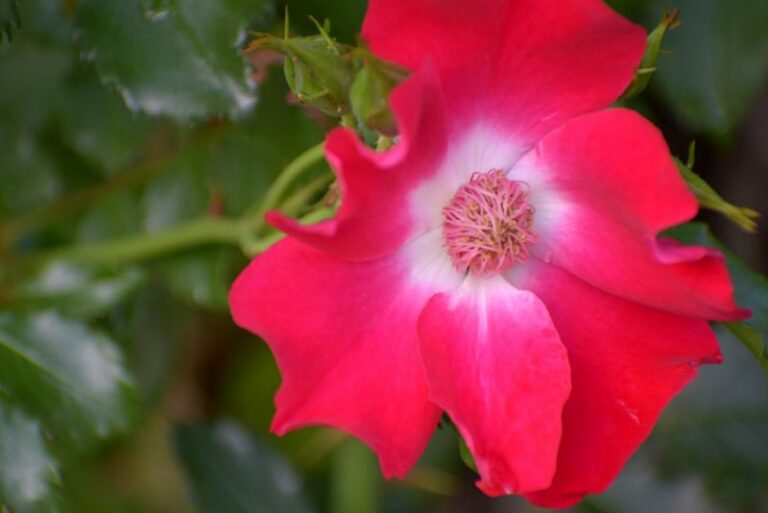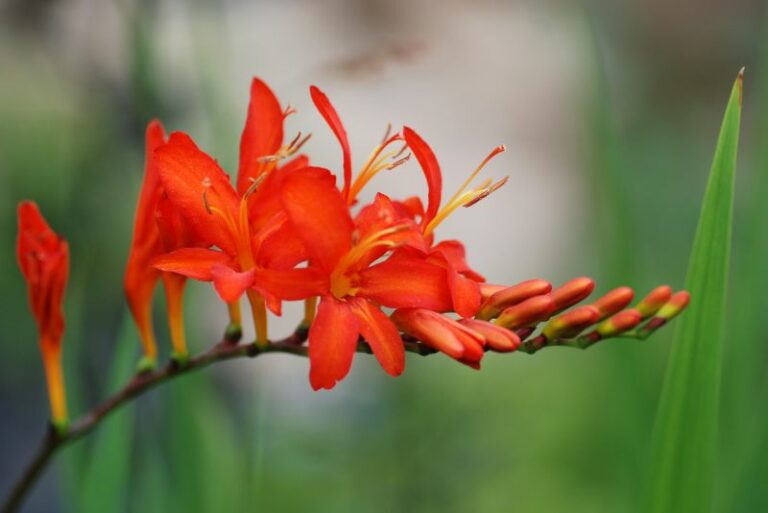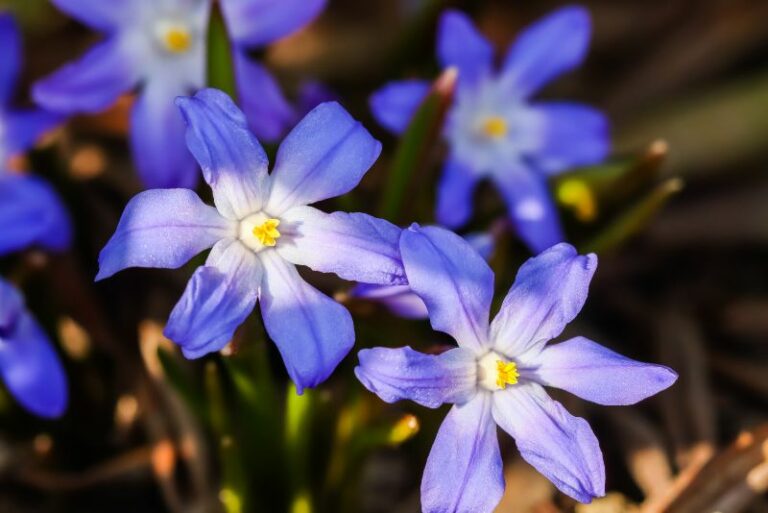The Art of Nurturing Ligularias: A Guide to Lush Garden Beauties
Ligularias, with their striking spires of yellow, yellow-orange, or golden daisy-like flowerheads atop sturdy stalks emerge above the large, lush and almost elephant-ear shaped leaves in the heartland. These moisture-loving plants, often called the “leopard plant,” are sought after for their bold, textured foliage and a pop of color that can withstand the often-challenging conditions of a shade garden. In the world of horticulture, the ligularia stands out not only for its resilience but for the vibrant statement it can make in any landscape where with their glossy, heart-shaped leaves and tall spikes of yellow blooms, these specimens create an eye-catching contrast.
Choosing the Right Location for Your Ligularia
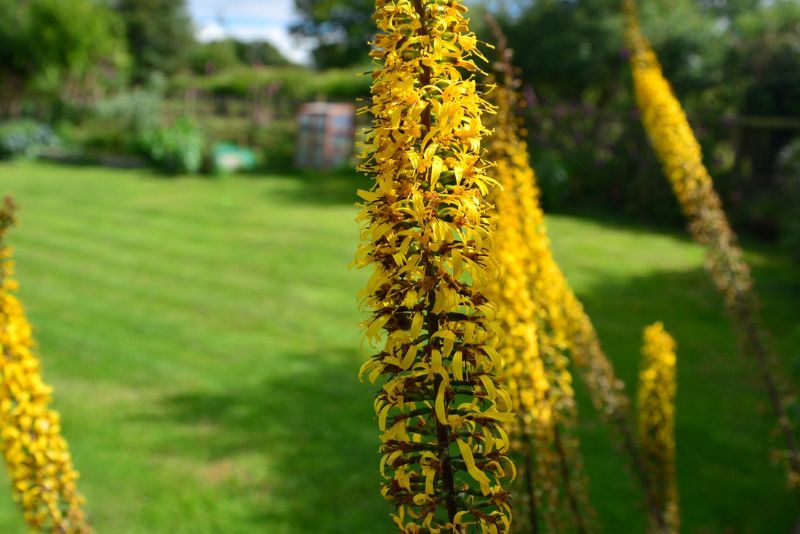
Ligularias are most content in locations that mimic their natural habitat. This typically translates to a shaded area, nice and cool, with constant moisture. But don’t be fooled by their apparent pickiness; there’s still room for adaptability in your garden plan.
Ideal Growing Conditions
Ordinarily, a slightly acidic soil pH ranging from 5.2 to 6.5 works best, although they aren’t too fussy about soil types as long as it drains well. Loamy soil—containing sand, silt, and clay—is an excellent middle ground for them. If you’re blessed with clay-based soil, make sure it drains well to avoid waterlogged conditions. They’re also hardy to USDA Zones 4-9, meaning they can withstand a range of temperatures.
Sunlight and Soil Requirements
While they do best in the shade, full shade might cause them to grow taller to reach for light, which can weaken the plant. Partial shade is often the sweet spot for ligularias. Regular moisture, even in winter, will keep these plants happy, so areas that naturally retain some dampness, or where you can supplement with regular watering, are ideal.
Planting and Watering Tips for Ligularia Success
Ligularia plants are not just about what happens at the plant-bed—they’re about what happens below it as well. These plants form rhizomes, a type of underground stem that helps with propagation and can cover more ground.
Planting Process
When planting, ensure the top of the root ball is leveled with the soil. If divided, each section should have at least two strong, healthy shoots. Space them about 18 to 24 inches apart to give them room to grow.
Watering Frequency and Techniques
A consistent watering routine is the key to keeping ligularias happy. They prefer to be moist but not water-logged. A layer of mulch can help retain moisture. A soaker hose or drip irrigation system works well, allowing for deep but infrequent watering which is ideal for these plants and helps to keep the foliage dry.
Maintenance and Care Tips
Caring for ligularias is more than just snipping away dying limbs (although, that is part of it).
Pruning and Deadheading
Prune away any dead or yellowing leaves to maintain the attractiveness of the plant. Deadheading can promote the growth of new flowers, but leaving a few can provide winter interest. Wait until late winter or early spring to give them a good pruning when you see new growth emerging.
Fertilization and Pest Control
Ligularias are generally low maintenance but can benefit from a light fertilizer application in early spring. Keep an eye out for slugs and snails, which tend to enjoy the damp soil these plants favor. Barriers, traps, and natural deterrents are your allies in this fight.
Propagation Techniques for Expanding Your Ligularia Garden
Bringing the joy of ligularias to more spots in your landscape or sharing them with fellow gardeners is a noble pursuit. Division and seeds are your pathways to propagation.
Seed Sowing
Collect seeds in the fall and sow them in a warm, moist medium. Once they have a few pairs of leaves and the danger of frost has passed, they can be planted in their permanent homes.
Division Methods
The best time to divide ligularias is in the spring, when growth is starting. Use a sharp, sterile knife to separate sections, ensuring that each new plant has a good portion of the root system.
Troubleshooting Common Issues with Ligularias
Growth isn’t always upwards; sometimes, it’s a curveball thrown at the gardener. Here’s how to respond.
Dealing with Pests and Diseases
Slugs and snails can be deterred with barriers, such as copper tape, or by using organic controls. If mold or powdery mildew appears, ensure the area has good air circulation and avoid overhead watering.
Addressing Issues like Wilting or Yellowing Leaves
This can often be a result of inconsistent watering or improper drainage. Adjust your watering schedule, and check the soil’s drainage to correct the issue. If the issue persists, you might need to transplant to a spot with better drainage.
Conclusion
In growing the remarkable ligularias, gardening enthusiasts and landscapers find a plant that adds energy and structure to their gardens. The key to success lies in creating an environment that respects the ligularia’s need for shade and consistent moisture. By selecting the right spot, utilizing proper planting and watering techniques, practicing regular maintenance, understanding the art of propagation, and managing common horticultural challenges, ligularias will flourish in any dedicated garden or landscape. The beauty and grace these plants bring to any setting are well worth the effort, creating a landscape that is not only visually stunning but also serves as a testament to our nurturing touch as gardeners.

